
Mies on Scene Trailer 1 YouTube
A decade or so later, this attention to detail in the design elements of cinema had become commonplace. Indeed, many of the more well-known early silent films are famous for their sophisticated mise-en-scène, particular in regard to setting, often above all else. Check out this scene again from D. W. Griffith's Intolerance (1916):
.jpg)
Mies En Scene Anp Archief
A Quick Guide to Mise-en-Scène in film http://bit.ly/what-is-mes00:00 What is Mise en Scene in film?01:09 Mise en Scene Meaning & Definition02:07 Mise en.
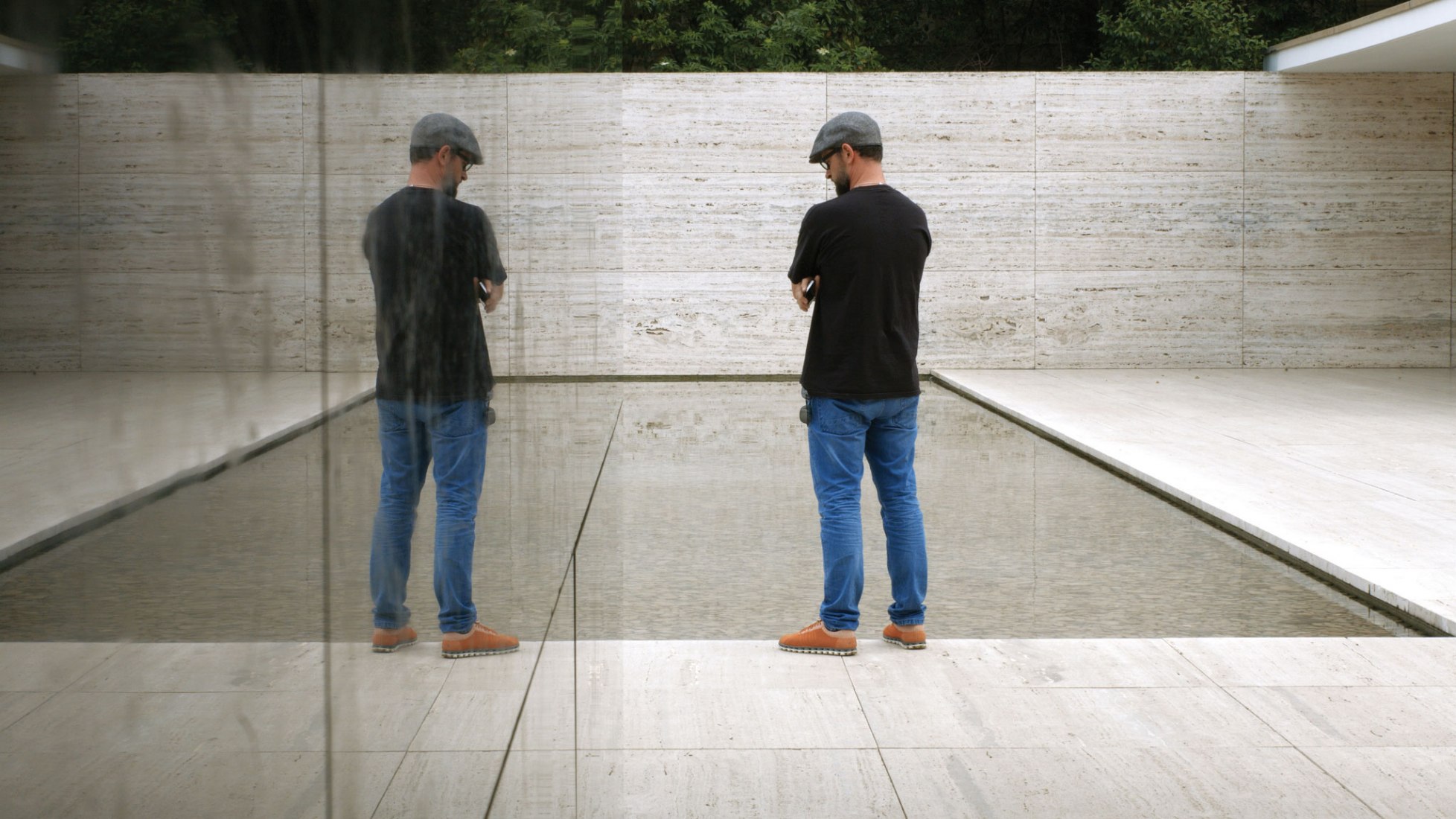
"Mies On Scene. Barcelona in two acts" una producción de la Fundació Mies van der Rohe y Nihao
In classical terms, mise en scene is the arrangement of scenery and stage properties in a play or film. Today, mise en scene is regarded as all of the elements that go into any single shot of a production. Four of the most important aspects of mise en scene are: sets, props, costume/hair/makeup, and lighting. We're going to show you how.
An Artistic Statement of Modernist Simplicity "Mies On Scene. Barcelona in Two Acts" The
Simply put, the mise-en-scène definition is really about how everything within a frame of film is arranged. From the set and prop design to the lighting and even to how the actors are blocked throughout a scene. A good way to think about it is as everything in front of the camera. Understanding Mise-en-scene. Watch on.
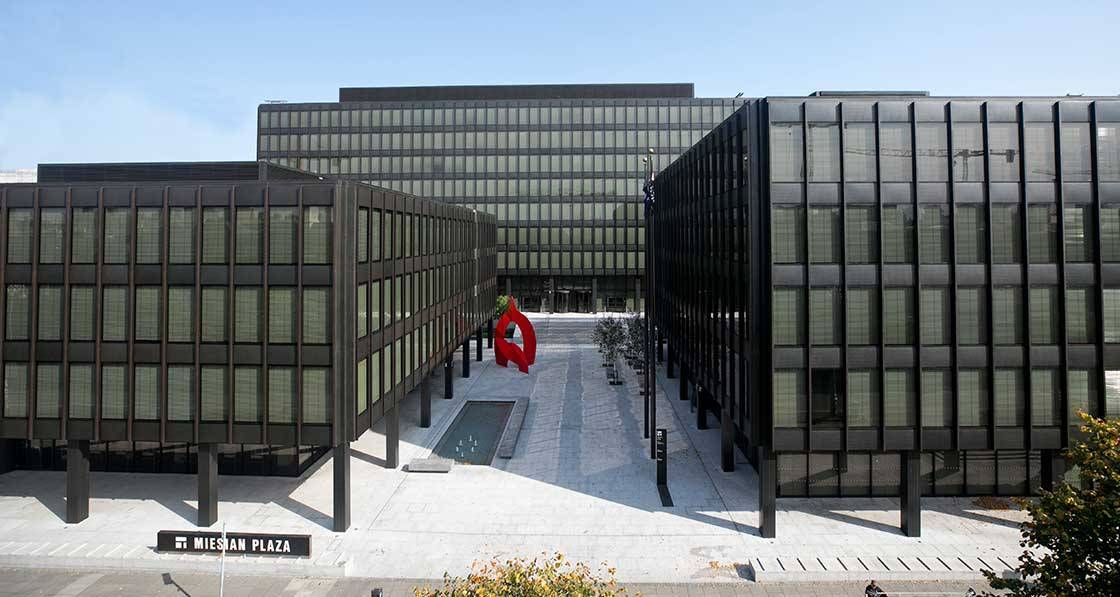
Mies en Scéne Iconic Dublin offices get deep green treatment passivehouseplus.ie
One such term is "Mise en Scene" or the translation "placing on stage.". This is a French expression that refers to the design or the arrangement of everything as it appears in the framing of a film i.e. actors, décor, props, lighting, costumes and others. The term essentially means "telling a story" both in poetically artful ways.

Streisand on 1966 Dutch TV Program Mies en Scene
Mise-en-scène is a French term meaning "Putting on stage". It combines elements such as lighting, composition, art direction, costuming, makeup, and texture. Mise-en-scène is almost everything that happens in front of a camera in a particular scene. It starts with a screenplay illustrating action, dialogue, and the details of particular.
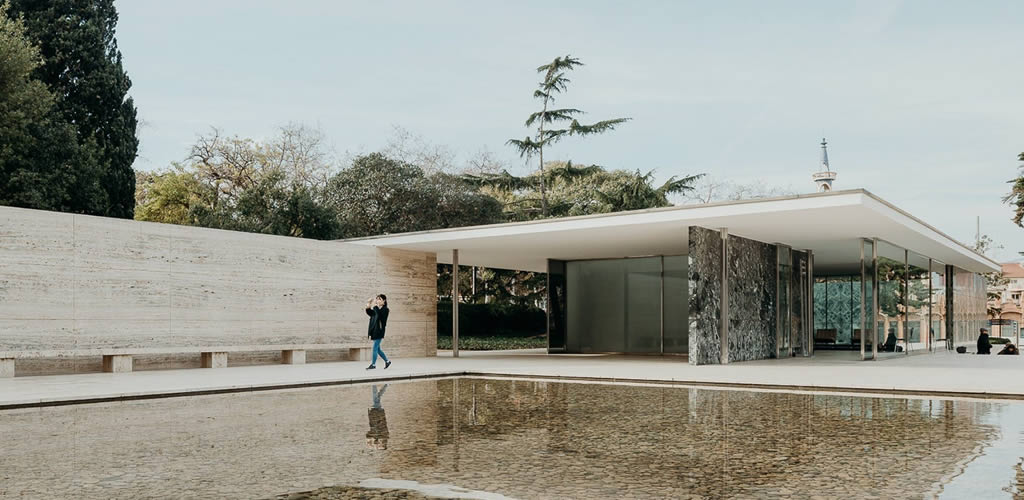
“Mies on scene”, el documental del edificio que cambió la historia de la arquitectura Dossier
The setting up of all the visual elements needed for a believable story. Character development, art direction, the visual theme of single scene are created with costume design, set design, props, even the placement of actors within a scene, called blocking, are all elements of mise en scène. An introduction to a Main Character.
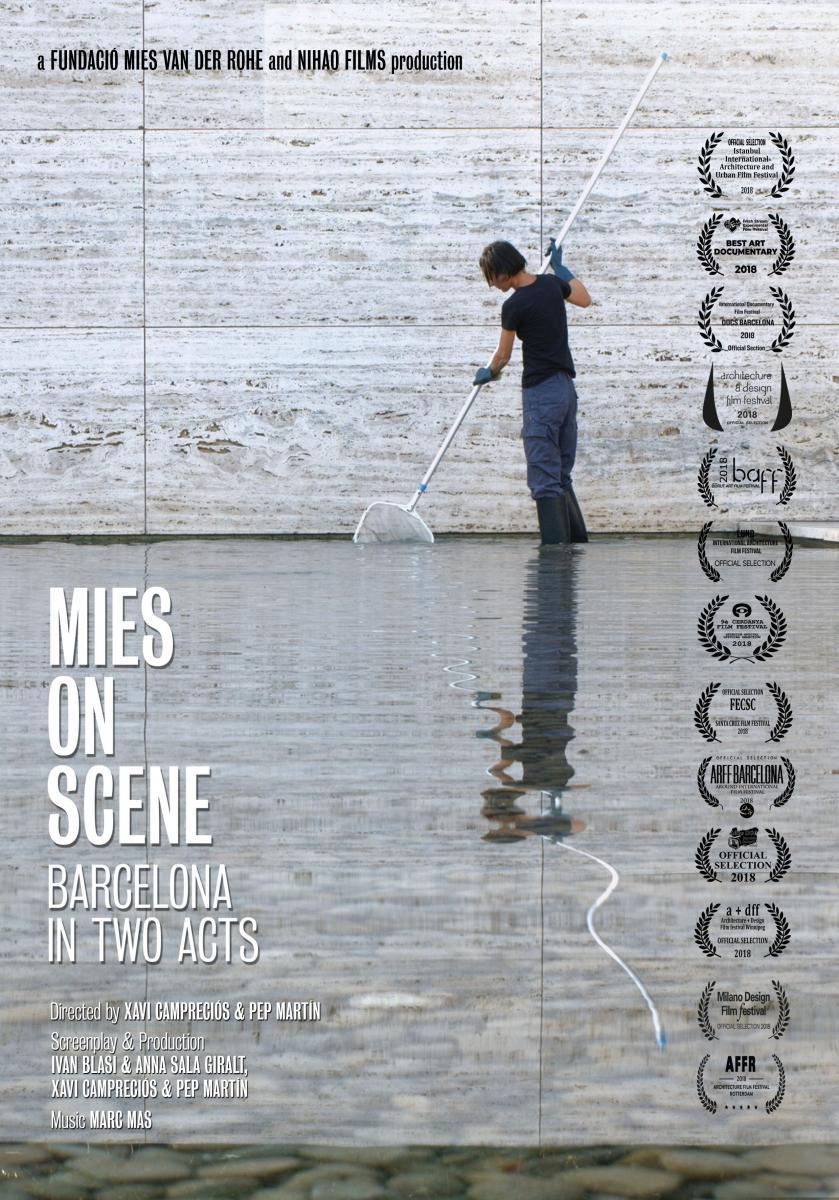
Mies on Scene. Barcelona en dos actos (2018) FilmAffinity
Mise en scène is the life force of any narrative: it's the color, the texture, the culture of the scene.". In short: if you want to tell a good story in a visual medium, it's vital to.
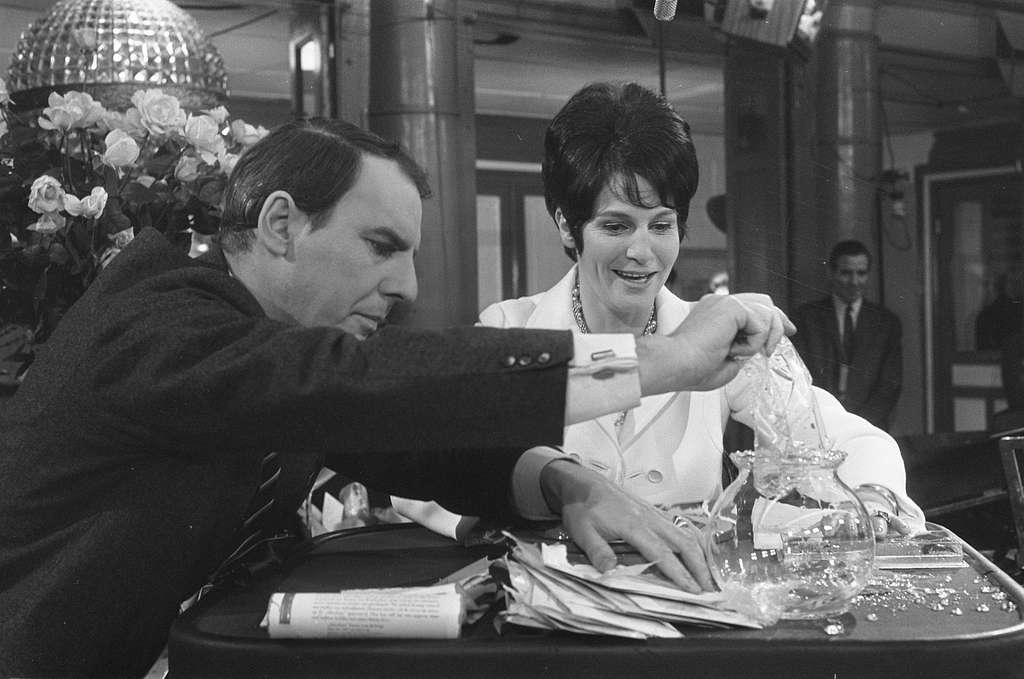
Vijftig maal Mies en Scène Willem Duys met Mies Bouwman PICRYL Public Domain Search
Hitchcock manages to use the concept of mies-en-scene by placing the green plant in the perfect position, and also using the camera movement with different camera angles and shot types within a tight framing that manages to consolidate the plant between the two men and into the frame. Thus causing the audience always to notice it and also.
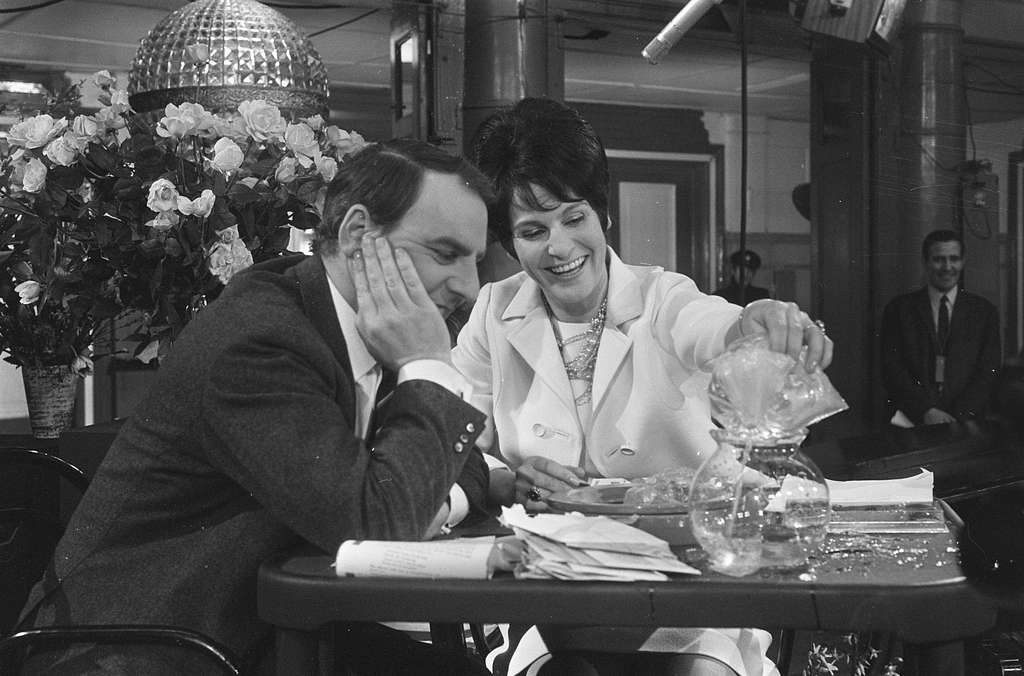
Vijftig maal Mies en Scène Willem Duys met Mies Bouwman PICRYL Public Domain Search
The meaning of MISE-EN-SCÈNE is the arrangement of actors and scenery on a stage for a theatrical production. How to use mise-en-scène in a sentence. Did you know? Synonym Discussion of Mise-en-Scène.

Mies en scène (Mies Bouwman) 1965 1969 YouTube
Mise en scène is the arrangement of scenery and stage properties in a play. Translated from French, it means "setting the stage" but, in film analysis, the term mise en scene refers to everything in front of the camera, including the set design, lighting, and actors. Mise en scene in film is the overall effect of how it all comes together for.
.jpg)
Mies En Scene Anp Archief
Mise-en-scène (French: [mi.z‿ɑ̃.sɛn]; English: "placing on stage" or "what is put into the scene") is the stage design and arrangement of actors in scenes for a theatre or film production, both in the visual arts through storyboarding, visual theme, and cinematography and in narrative storytelling through direction.The term is also commonly used to refer to single scenes that are.

MIES ON SCENE Trailer YouTube
Mise-en-scene. "Settings and sets contribute to a films mies-en-scene by establishing scenic realism and atmosphere" (Corrigan and White, 70). Mise-en-scene in a coming of age film is quite specific and is generally used to create realism and authenticity within the films setting. A sense of authenticity is vital in a coming of age film as.

Mies en scène Boek 1966 Vindingrijk Kringloopwarenhuis Breda
16. Music. The importance of music in film cannot be overstated when it comes to completing your mise en scène. Ask anyone what comes to mind when they think of movie music, and odds are you'll hear mention of Star Wars and Indiana Jones, maybe Jaws and the James Bond theme.

Mies en scene met Toon Hermans , hier tijdens de uitzending PICRYL Public Domain Media
Mise en Scene Examples. Wrapping Up. Mise en Scene is a french term that simply means 'placing the stage'. In Filmmaking, it's everything you see on camera, from the actors to set design and costumes. Film Writer Andre Bazin first used the term to describe the important parts that make up a shot. It's a phrase you will hear across film.

Mies en scène Boek 1966 Vindingrijk Kringloopwarenhuis Breda
Mise en scène, pronounced meez-ahn-sen, is a term used to describe the setting of a scene in a play or a film. It refers to everything placed on the stage or in front of the camera—including people. In other words, mise en scène is a catch-all for everything that contributes to the visual presentation and overall "look" of a production.